Fort Moultrie
Introduction
Text-to-speech Audio
Images
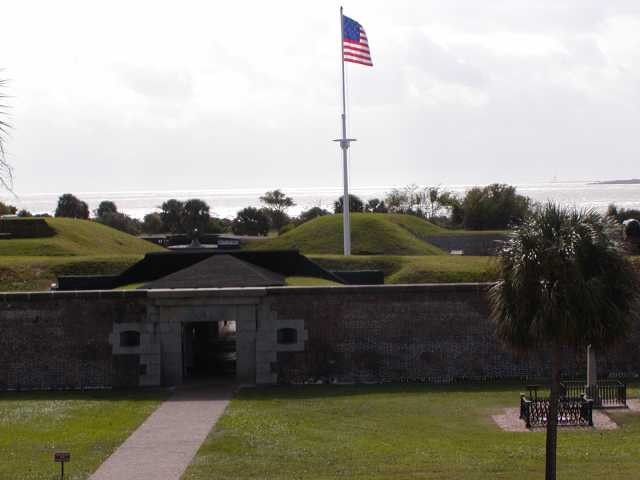
Fort Moultrie Exterior
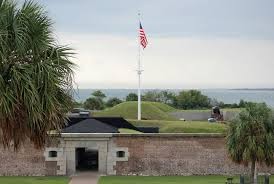
Fort Moultrie Exterior
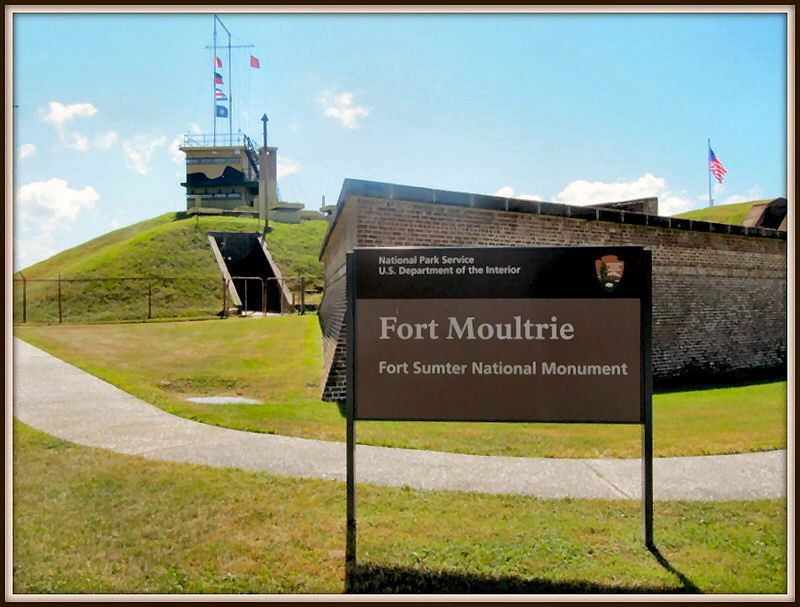
Fort Moultrie Revolutionary War

Fort Moultrie Civil War
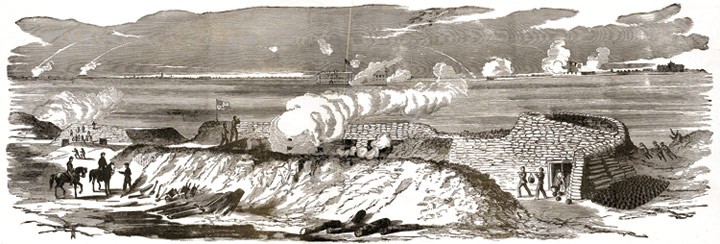
1861
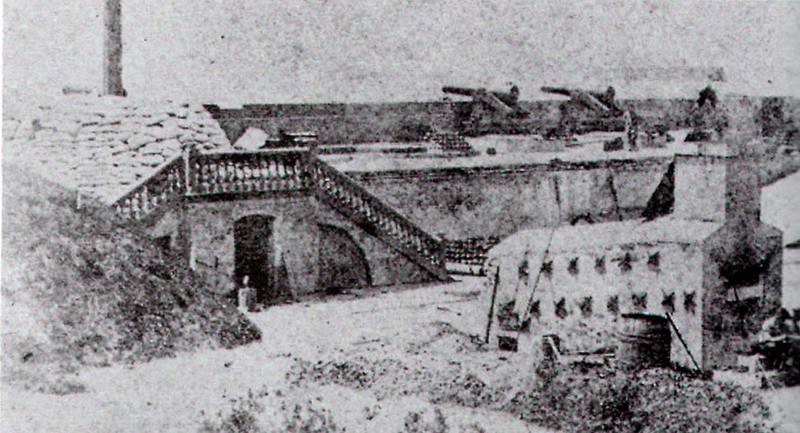
Backstory and Context
Text-to-speech Audio
Situated on Sullivan’s Island about one mile northeast of Fort Sumter, South Carolina, Fort Moultrie is the site of the first major patriot victory during the American Revolution and is representative of more than 170 years of American coastal defense. The first palmetto log fort on Sullivan's Island was still incomplete when the British attacked it in 1776. The warships were repelled and, the fort was named in honor of its commander, Colonel William Moultrie. The original fort was deteriorated by 1791 and a replacement fort was constructed in 1798 only to be destroyed by a hurricane in 1804. Work on the present brick structure was completed in 1809.
In December 1860 South Carolina seceded from the Union and the Federal garrison abandoned Fort Moultrie for the stronger Fort Sumter across the bay. Three and a half months later, Confederate troops shelled Sumter into submission, igniting the civil war. When the Confederate army evacuated the city in February 1865, Fort Moultrie lay hidden under the band of sand that protected its walls from Federal shells. After the American Civil War, Fort Moultrie grew to encompass much of the western half of Sullivan’s Island and was modified on numerous occasions to accommodate changing military requirements. The fort was armed and strengthened in 1898 in response to the Spanish-American War and was again modified during the World Wars which brought new threats of submarine and aerial attacks. These armaments also became obsolete, and in 1947 the fort was abandoned.
In 1948, a Congressional resolution transferred Fort Sumter from the Department of the Army to the National Park Service, as “A public national memorial commemorating historical events at or near the Fort.” A week after its transfer, President Truman declared Fort Sumter a National Monument. In 1950, Fort Moultrie and its surrounding 100 acres were conveyed to the State of South Carolina through the Historic Surplus Property Program. Ten years later, Fort Moultrie was transferred back to the National Park Service as a unit of the Fort Sumter National Monument. Today the site preserves an array of fortifications ranging from the original brick walls of the 1809 fort to concrete batteries and observation posts used through World War II.
